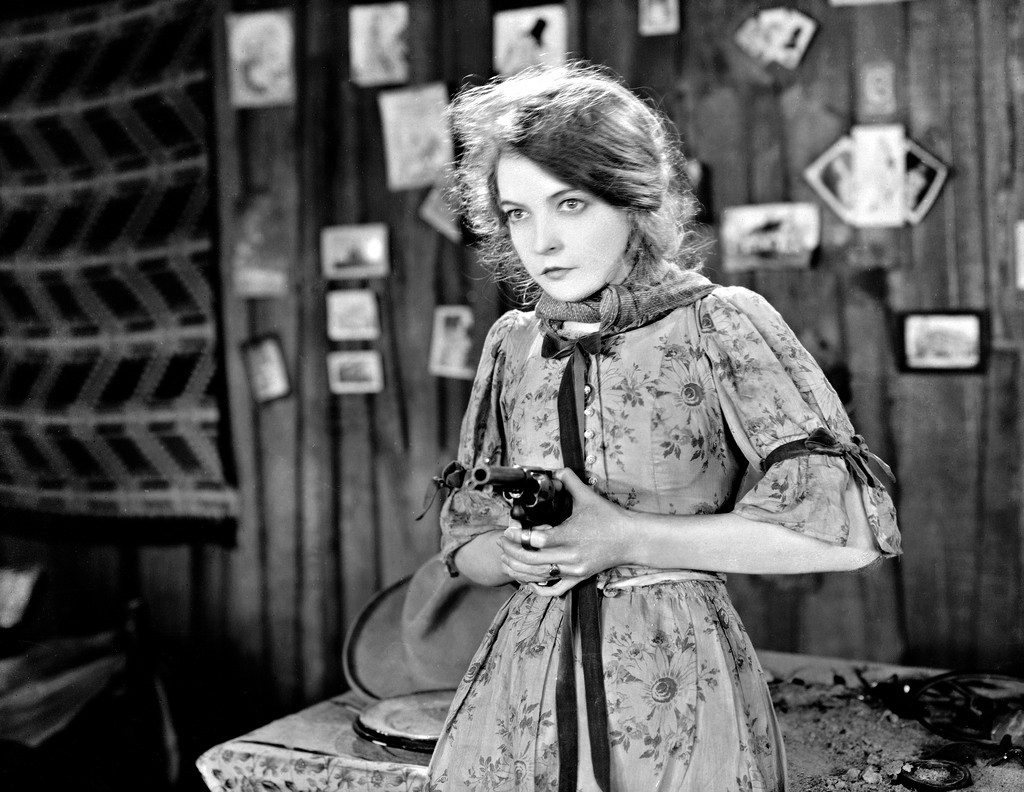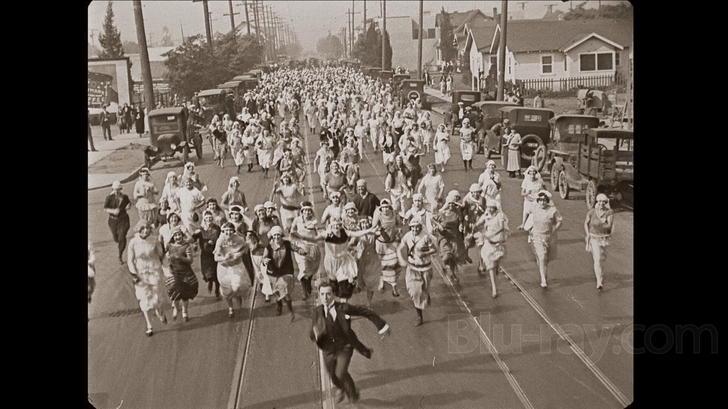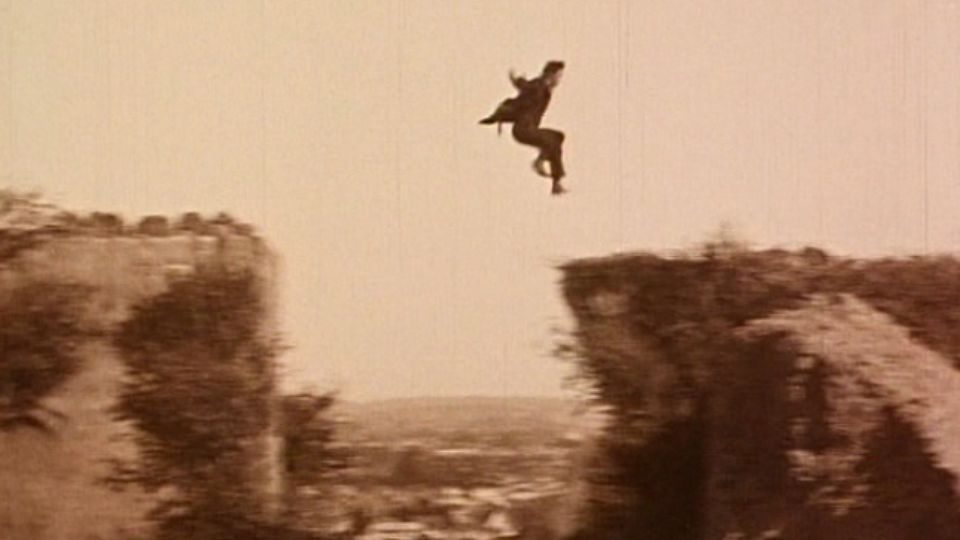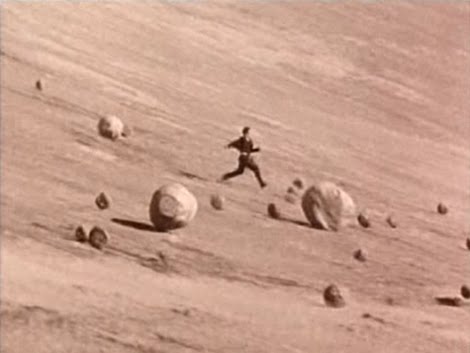
The Wind is usually named as Lillian Gish’s top silent film performance. Gish plays a young pioneer woman who is stranded in a vast sparsely populated Western desert. She marries one of her several suitors and takes up housekeeping in an isolated cabin, with only the perpetually howling wind for company. She has to “wash” her dishes in sand. Unsurprisingly, she can’t take it and is driven to desperate measures.
Fortunately, I got the chance to see The Wind at Cinequest on the big screen of a period movie palace, the California Theatre, accompanied by world-renowned Dennis James on the Mighty Wurlitzer organ.
Dennis James traveled with Lillian Gish as accompanist when she would present movies. For The Wind he added two colleagues on wind machines. Before the film, James read a florid movie mag account of a visit to the set of The Wind in the Mojave. I recommend Sal Pizarro’s excellent profile of Dennis James in the Mercury News.
James’ organ accompaniment and the large audience made all the difference. I had watched The Wind by myself on tv and started using the fast forward on the remote. But there’s lots of humor embedded in The Wind which is activated by the laughing of audience members.
It’s easy to appreciate how Gish rose to stardom. Her slight, delicate frame is offset by her spirited charisma. She’s great when three men propose to her on the same evening and she’s not feelin’ it. Gish, Dennis James’ Wurlitzer and the California Theatre made for a wonderful cinema experience.





